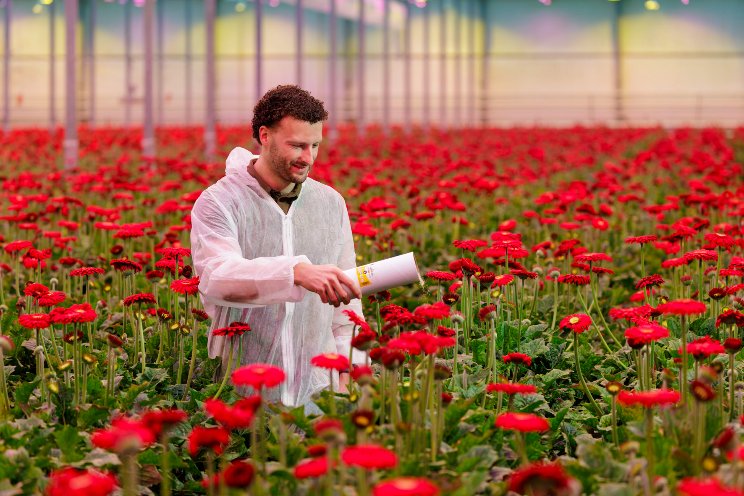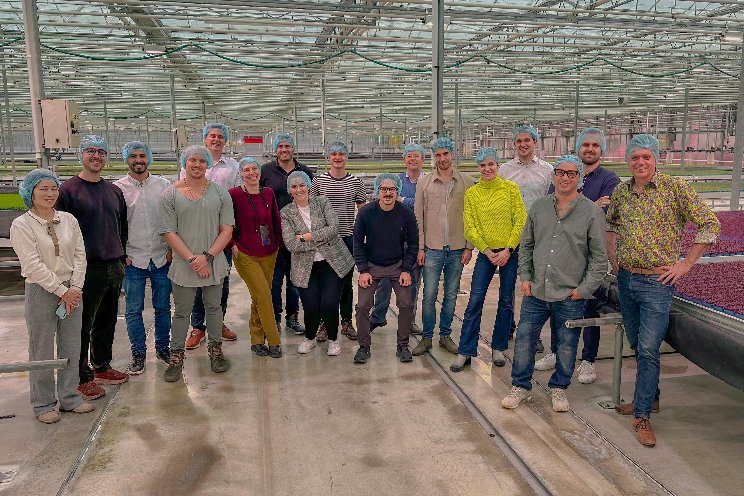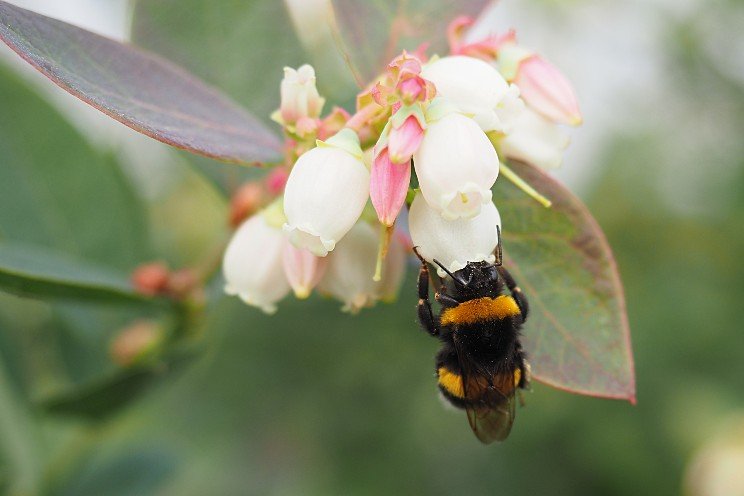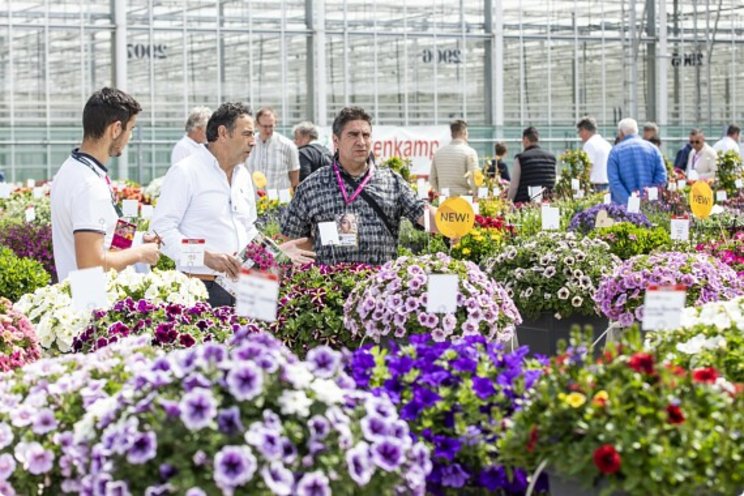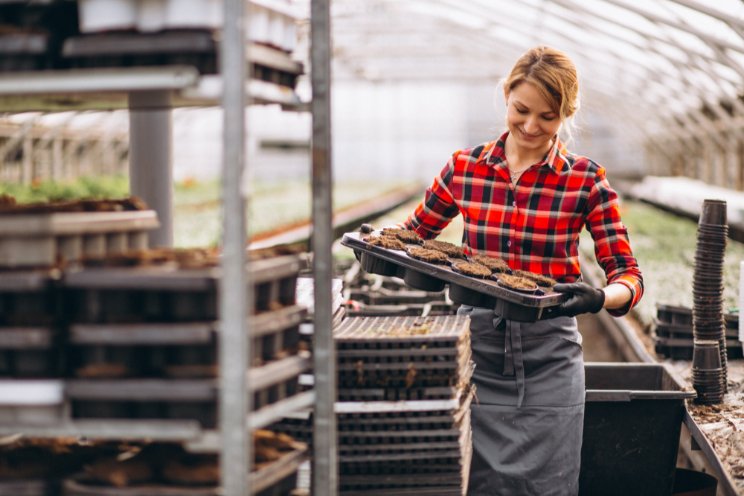Cooling a greenhouse: Beat the heat
Added on 24 July 2023

Maintaining success in controlled environment agriculture is a challenge that evolves throughout the year for growers. It requires them to adapt their greenhouse environment based on the conditions outside, so they can maintain an ideal micro-climate for their crops.
During the summer months, growers need the right systems in place to bring temperatures down, cooling their greenhouse in a reliable, yet energy-efficient manner. While some operations do what they can to get by, using portable coolers, box fans and more to sustain a viable growing environment, this can get expensive and will never allow plants to reach their full potential.
Instead, the best approach is to set up a greenhouse correctly from the start, or to bring in a reputable greenhouse manufacturer who can retrofit the structure. This way, growers will have the tools they need to get a handle on greenhouse temperatures and other factors, like humidity.
Whether it’s outfitting a brand new structure or upgrading an existing one, cooling a greenhouse efficiently requires the right mixture of airflow, cooling power and shading. Using this blog, growers can learn more about the basics of proper ventilation and air circulation, the benefits of cooling systems and shade systems, as well as how to create a perfect balance that makes cooling a greenhouse simple and economical.
VENTILATION & AIR CIRCULATION
Whether growers live in an area with high humidity or a more arid region, the first key to cooling a greenhouse is optimizing airflow. This can be accomplished through adequate ventilation and air circulation, which largely depends on having the right equipment and an efficient greenhouse design.
Image by wirestock on Freepik
More news
